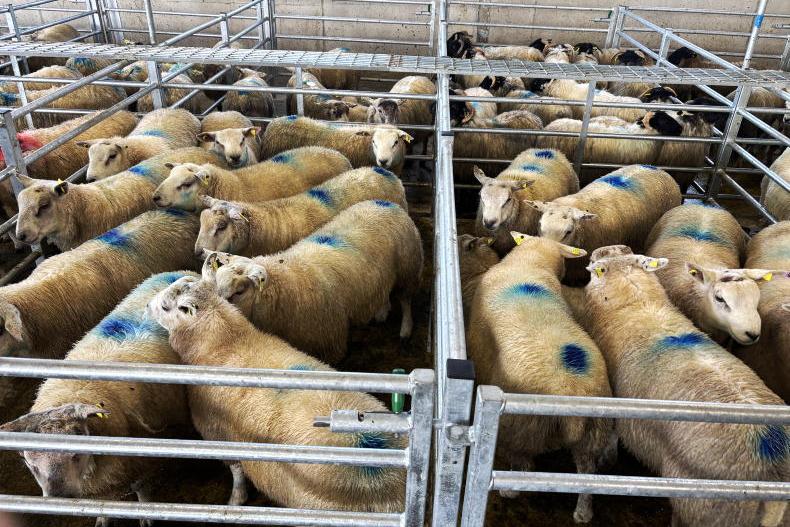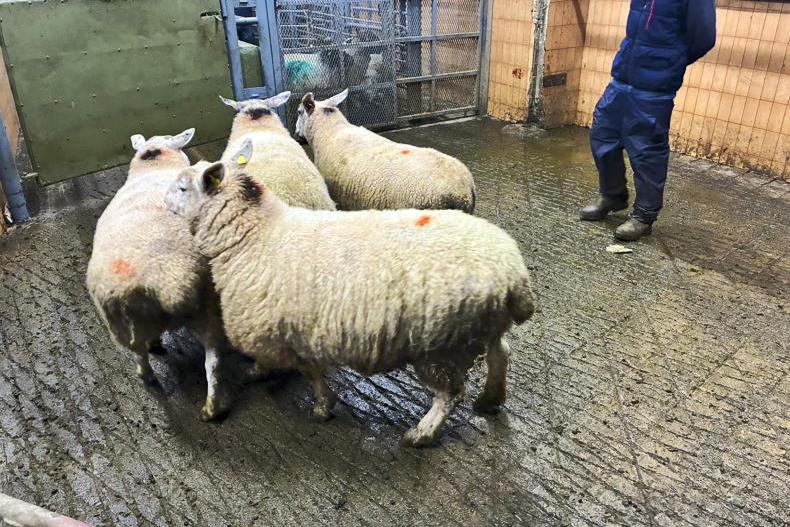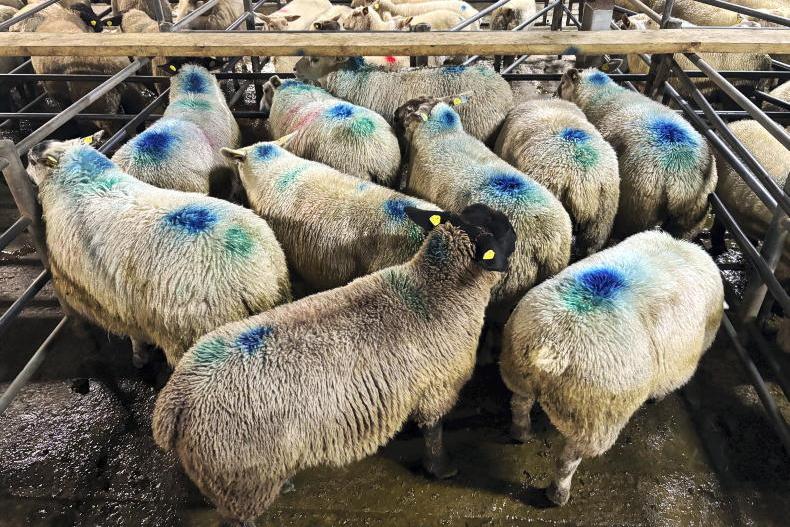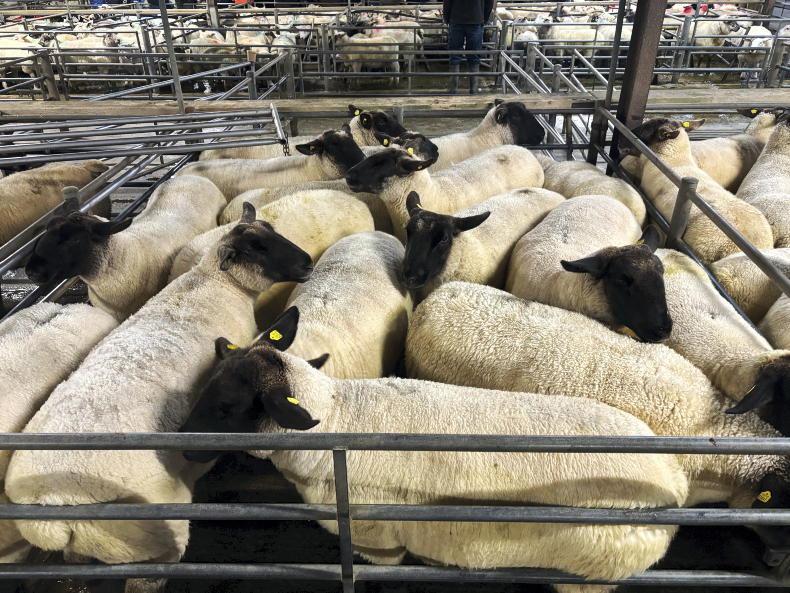Marketing cull ewes
Live sales for cull ewes have been re-energised over the last week to 10 days, with buyers active for quality ewes to export live or slaughter for niche contracts significantly upping activity. Prices paid for heavy fleshed ewes have in many cases surpassed equivalent factory deadweight returns.
As such, it is wise to consider marketing opportunities and judge if the live or dead trade is the best outlet. Where selling live, then it is important to batch ewes to generate the highest level of interest.
Reports indicate some producers who normally send ewes direct to slaughter are drafting off the best ewes to sell live, and in some cases selling lesser-quality types in direct to factory sales.
There have also been some reports of sellers securing higher carcase weight payment terms or prices significantly ahead of general quotes for large batches of quality ewes, so it pays to price around or negotiate with procurement personnel.
Lamb presentation
Mart managers report a similar situation in terms of lamb presentation. Some comment that slaughter-fit lambs offered with good-quality fleshed lambs and some lacking flesh are failing to reap the rewards of increased competition for top-quality lots.
Likewise, there has been more interest in store lambs this week, with lamb presentation having a marked influence on prices paid. Lambs should be batched ideally within a 3kg to 5kg weight variance and be similar in type, size and gender.
Demand for ewe lambs suitable for breeding is slow to kick-in, but there is some interest in strong ewe lambs from buyers who think hoggets could be scarce in numbers or representing a higher cost.
Recording farm-to-farm movements
There are now two options for recording permanent farm-to-farm movements – the existing hardcopy submission option and the AIM Services app launched last year for sheep producers.
The mechanism for notifying such movements through the app will mirror the current paper system. As is currently the case, the responsibility for notifying such movements rests with the receiving keeper.
In the case of a hardcopy notification it is also the purchaser or keeper of the sheep who is required to submit the pink copy of the dispatch document to their local Regional Department of Agriculture office.
To submit a digital movement, the receiving keeper needs to download the app onto their mobile device. Information must be recorded from the dispatch document that accompanied the animals to the farm and a photo of either the pink/white dispatch document must be uploaded.
Such data must also be recorded in your flock register with dispatch documents retained on farm. Remember that sheep traded in farm-to-farm movements must be double tagged irrespective of if the planned next move is to a factory/abattoir.
Hill farm walk
Teagasc are holding a BETTER farm sheep programme hill sheep farm walk on the farm of Francis Gonely, Ballinorley, Colga, Co Sligo, F91 T6X8 on Thursday 25 July at 7pm.
The main topics to be discussed include an overview of the farming system and performance, ram selection for hill and lowland flocks, lamb finishing options and flock health. The farm is also participating in the Teagasc Signpost programme.










SHARING OPTIONS